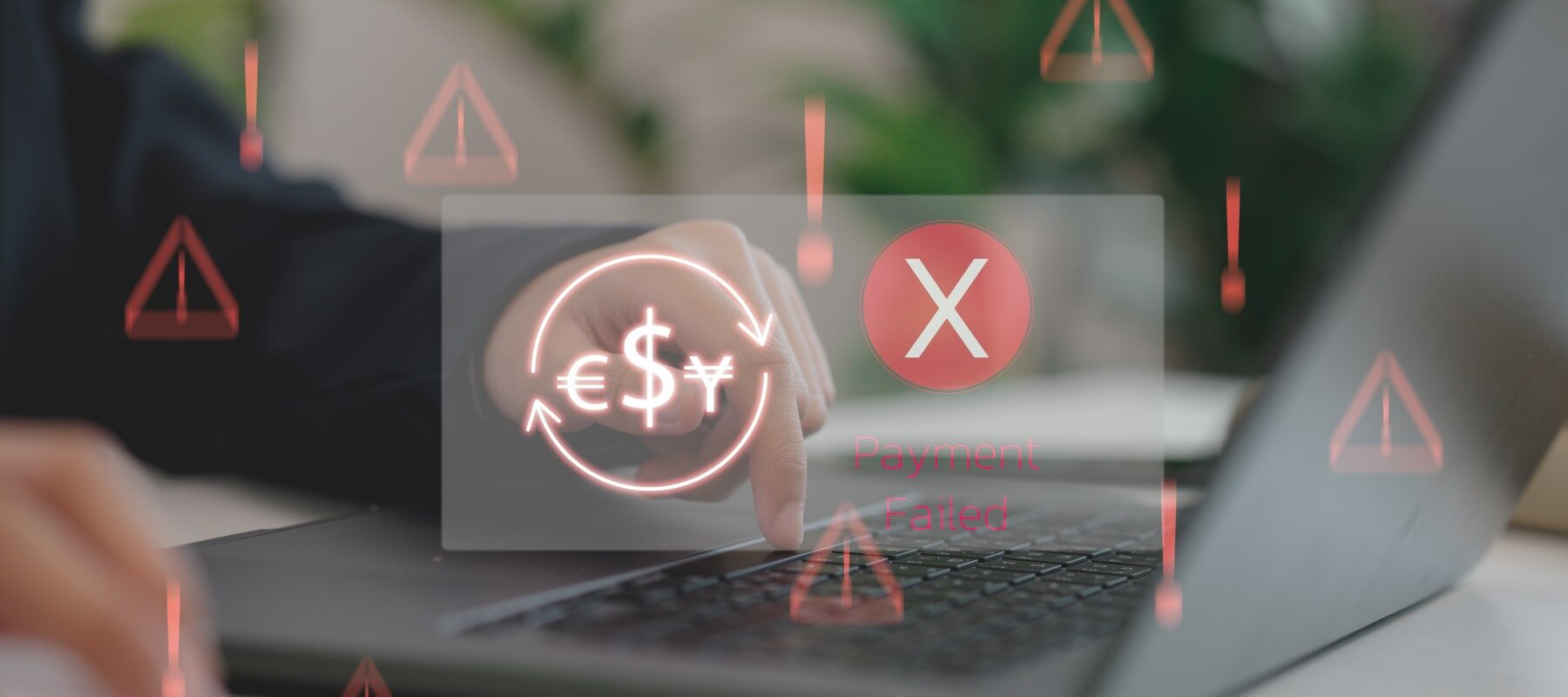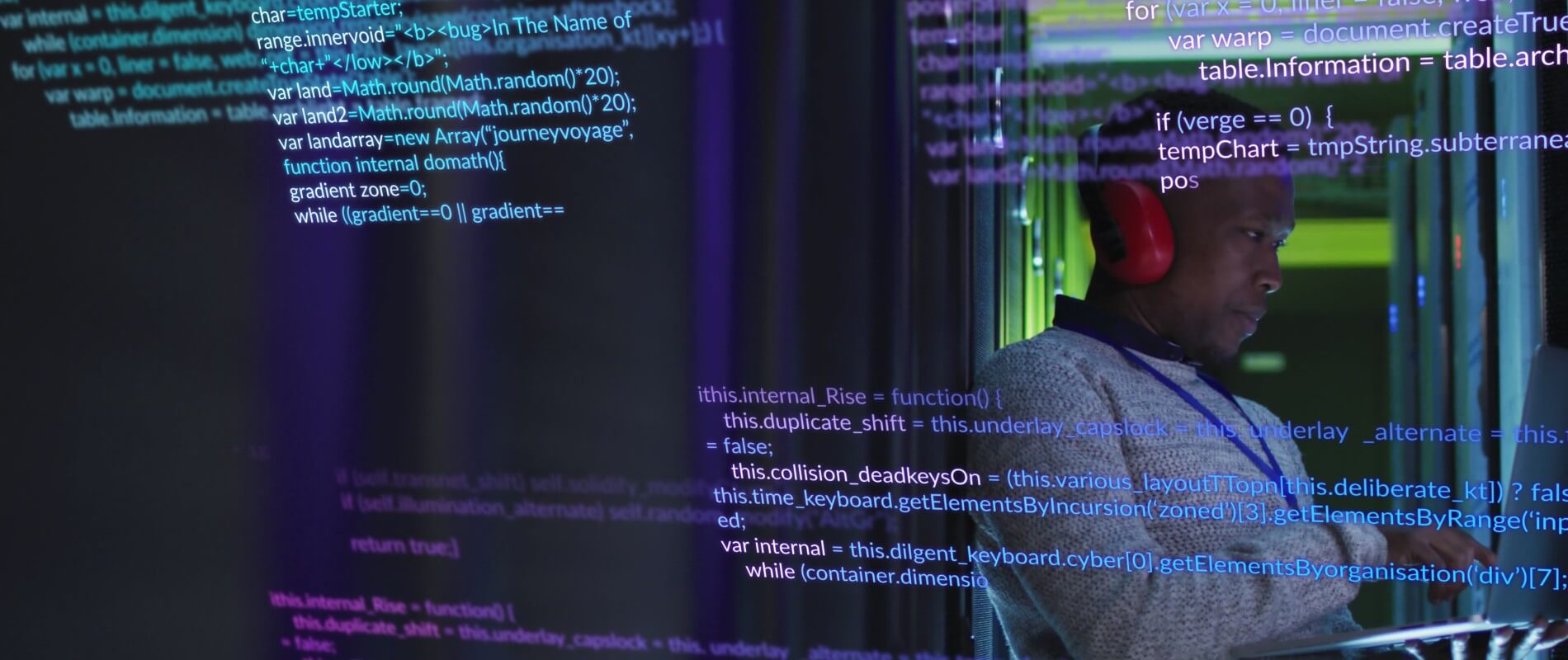You’ve spent countless hours developing your software, and now comes the crucial part—turning it into revenue. But here’s the kicker: Do you know the difference between software monetization and software licensing?
If you’re scratching your head, you’re not alone. Many Independent Software Vendors (ISVs) are caught in this confusion, which can lead to missed revenue, weak security, and outdated models that hurt your business.
This blog breaks it all down. We’ll define both terms, explain how they relate, and show you how to make smarter choices about your software revenue models. If your goal is to protect your IP, generate recurring income, and keep up with evolving user expectations—this is for you.
Understanding Software Licensing
At its core, software licensing is all about control. It’s how you grant (or restrict) user access to your software. Licensing is the legal and technical foundation that determines how your application can be used—by whom, for how long, and under what conditions.

There are many software licensing strategies, including:
- Perpetual licenses – A one-time purchase, common in traditional models.
- Subscription models – Recurring payments for continued access (hello, SaaS).
- Freemium models – Base-level free access with premium upgrades.
- Usage-based licensing – Pricing based on data usage, user volume, or features accessed.
Licensing helps prevent piracy, ensures compliance, and gives you structure. But it’s only half the equation.
What Is Software Monetization?
Here’s where the real magic happens. Software monetization goes beyond licensing—it’s the full strategy behind how you turn your application into a scalable, profitable business.
While licensing defines how your software is used, monetization focuses on how you make money from it.
Monetization includes:
- Choosing the right software revenue models
- Implementing flexible pricing strategies
- Enabling upselling and cross-selling opportunities
- Integrating analytics to guide your roadmap
- Protecting your code and access points from theft
In short, it’s about aligning your product, pricing, and protection strategies to maximize value—for both you and your users.
Software Licensing vs. Subscription Models
This is a hot topic. Many ISVs think “subscription” is a monetization strategy. But it’s actually just one form of software licensing.
Subscription licensing is a tactic. Software monetization is the strategy.
Think of it this way: Licensing is the engine, monetization is the entire vehicle.
The right subscription setup can create reliable revenue and happier customers—but only when it’s part of a broader monetization plan that includes IP protection, user behavior insights, and scalable deployment.
Monetizing Software Applications: What’s at Stake?
If you’re still relying on outdated licensing models or haven’t built a true monetization framework, here’s what could be happening:
- You’re losing revenue from untracked or unauthorized use.
- You’re missing out on upsell opportunities due to rigid license tiers.
- You’re watching customers churn because the value isn’t obvious.
But it doesn’t have to be this way.
A strong monetization approach means:
- More control over how your product is distributed
- Dynamic pricing models that evolve with market demand
- Deeper insight into how customers are using your app
- A better shot at long-term, recurring revenue
How To Align Your Licensing With Monetization Goals
To bridge the gap between licensing and monetization, consider these steps:
- Audit your current licensing models – Are they flexible enough?
- Evaluate your customer journey – Where are users dropping off?
- Protect your product – Invest in anti-piracy tools and tamper-proof licensing.
- Experiment with pricing tiers – Don’t be afraid to test what your market will bear.
- Choose licensing solutions that scale – As your product grows, your setup should too.
Conclusion: Empower Your Revenue Strategy with software-licensing.com
If you’re still unsure whether you’re licensing your software effectively or leaving money on the table, you’re not alone. That’s exactly why software-licensing.com exists.
We’re your go-to source for understanding, implementing, and optimizing both software licensing and monetization strategies.
Whether you’re transitioning to a subscription model, trying to prevent piracy, or exploring new ways to monetize your application—we’ve got the educational resources to help you do it right.
Don’t settle for a half-baked strategy. It’s time to fully unlock your product’s earning potential.



